Our
Image Gallery
Open Bite Images
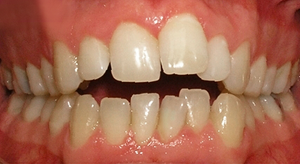
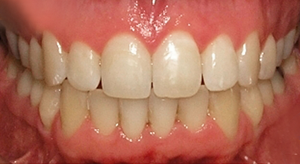
An anterior open bite is what is typically meant when someone says they have an “open bite.” When the mouth is closed, the front upper and lower teeth of people with an anterior open bite tilt outward to avoid contacting one another.
The teeth aren’t properly aligned when the jaws are closed when there is an open bite, which is a kind of malocclusion.
What Causes an Open Bite?
- Sucking a pacifier or thumb sucking – One puts undue strain on the alignment of their teeth when they suck on their thumb, pacifier, or any other foreign item, such as a pencil. A biting wound may result from this.
- Tongue thrusting – Speaking or swallowing while pushing the tongue between the upper and lower front teeth might result in an open bite. Additionally, this may lead to tooth gaps.
- Inflammation of the temporomandibular joint (TMD or TMJ) – Chronic jaw discomfort is a symptom of TMJ issues. An open bite can result from someone using their tongue to push their teeth apart and move their jaw easily.
- Skeletal issue – Often impacted by heredity, this happens when your jaws diverge from their normal parallel growth.
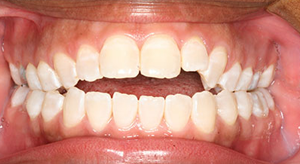
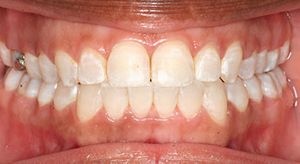


- Sucking a pacifier or thumb sucking – One puts undue strain on the alignment of their teeth when they suck on their thumb, pacifier, or any other foreign item, such as a pencil. A biting wound may result from this.
- Tongue thrusting – Speaking or swallowing while pushing the tongue between the upper and lower front teeth might result in an open bite. Additionally, this may lead to tooth gaps.
- Inflammation of the temporomandibular joint (TMD or TMJ) – Chronic jaw discomfort is a symptom of TMJ issues. An open bite can result from someone using their tongue to push their teeth apart and move their jaw easily.
- Skeletal issue – Often impacted by heredity, this happens when your jaws diverge from their normal parallel growth.
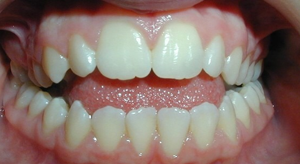
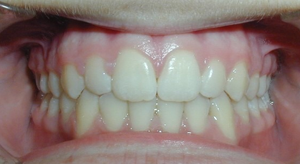
Open Bite Treatment Options at The Smile Station
Depending on the person’s age and the presence or absence of baby or adult teeth, Dr. Surya will prescribe any of these treatments:
- Modifying behavior
- Mechanical therapy such as Invisalign or braces
- Surgery
Behavior modification may be the best line of action if the open bite develops when the adult teeth are replacing the baby teeth but have not fully erupted. One must visit an orthodontic clinic to get treatment for stopping continuous tongue thrusting.
Dr. Suyra may suggest getting custom braces to draw the teeth back if the adult teeth are developing according to the same open bite pattern as the baby teeth.
A blend of braces and behavior modification is frequently advised for persons who have fully erupted adult teeth. Surgical repositioning of the upper jaw using plates and screws may be advised in extreme situations.
The use of a roller device to prevent the tongue from brushing up against the front teeth and the use of force-applying headgear to drive the jaws into the right position for aligned development are the two additional therapies that could be used.
It’s best to consult with Dr. Surya at The Smile Station as soon as possible if you or a loved one have an open bite.
